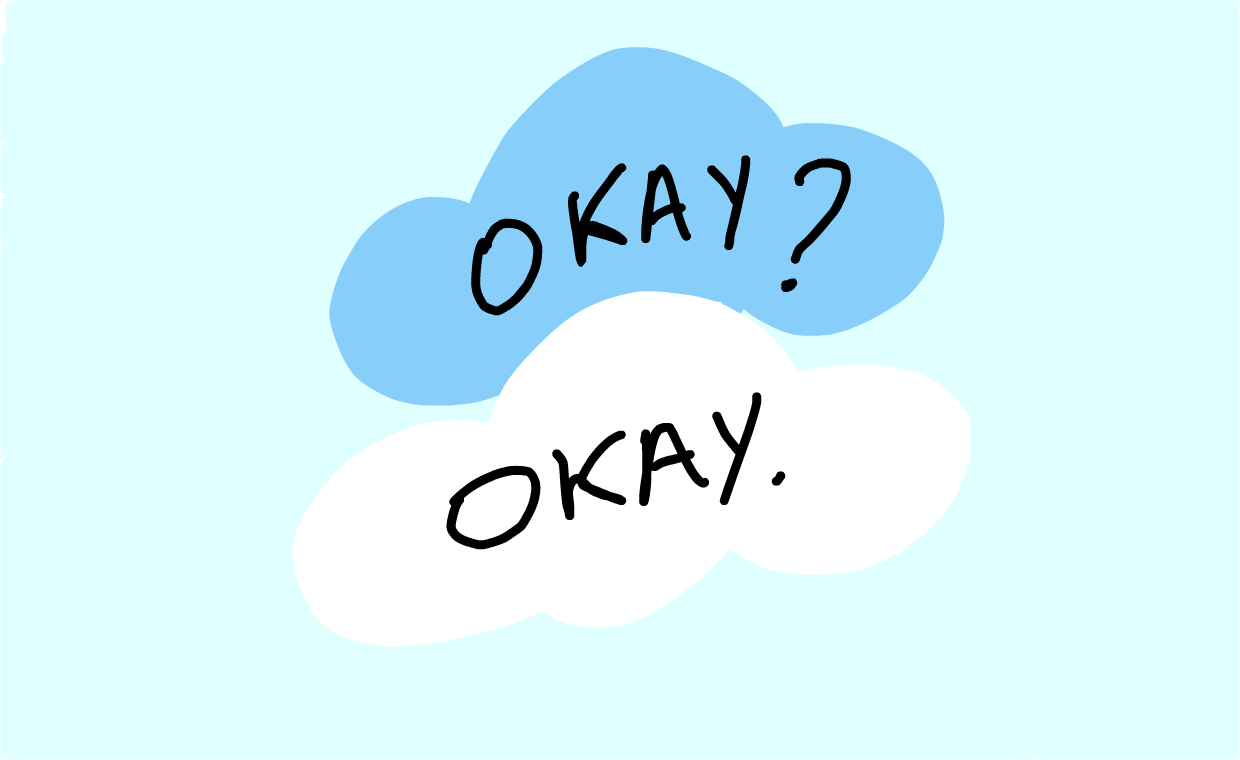John Green’s novel The Fault In Our Stars was published Jan. 10, 2012. Which means that a few weeks ago, it turned eight years old. I’ve never wanted a drop kick an eight-year-old before I got my hands on this book.
Now, to give some context, I did read this book back in 2013, when I was young and mourning a fresh family loss and (as I was only thirteen-years-old). I thought The Fault In Our Stars royally sucked. So, recently I decided to re-read it and give it a second chance, but it truly didn’t deserve it.

Green wrote this book the way bad fanfiction is written; a girl who is not like other girls falls in love with a boy who finds her attractive because she is not like other girls. But the twist is they both have terminal illnesses.
Now, maybe I am incredibly, profoundly disgusted by this concept of teen romance made unique by killer diseases because something very common in my family is terminal illness.
I read The Fault In Our Stars a few months after my oldest brother died horribly from PNET brain cancer, and I hated the book with a deep burning passion—which is definitely why I did.
As someone who writes, I can’t imagine making the main base of a story and the thing that made all the characters gravitate towards each other something that kills millions of people; I could never base my story on cancer or anything related to it. It’s insensitive.
Many people who haven’t firsthand experienced the genuine trauma of watching someone die for years don’t understand why there is so much wrong with the romanticization of terminal illnesses.
They’re not pretty, they’re not trips to Amsterdam, and they’re not falling in love with another person with a terminal illness. But at the same time, I know that not all cancers and diseases are the same. There are several things that Green got right, but he also got a lot wrong.
Another thing, and this is not specific to The Fault In Our Stars, is that Green is only good at writing bad romance books geared toward younger teen girls—which would be fantastic if Green had any knowledge of how to give his characters depth and meaning. Green does do a great job at explaining that the main characters are incredibly attractive, though.
If you want to read a good book by Green, pick up Looking For Alaska. That might be the only one that’s actually worth it.

